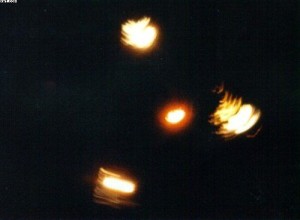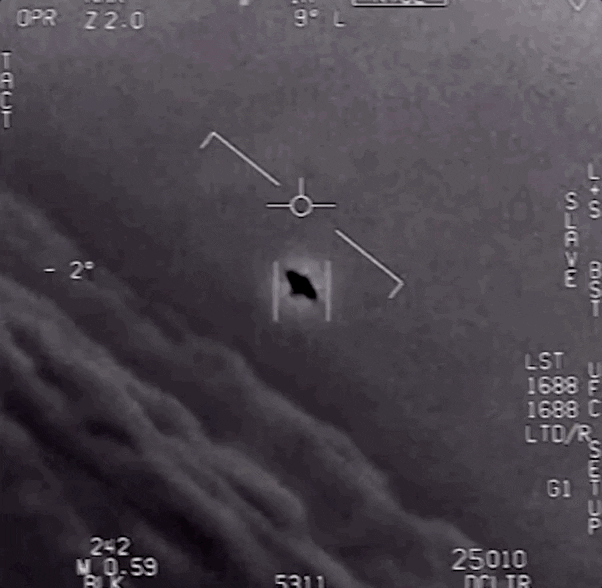photo credit: Artist's impression of a NASA scramjet concept. NASA
This is seriously cool. American aerospace company Orbital ATK has tested a 3D-printed hypersonic engine combustor, one that could supposedly be used in a high-speed plane known as a scramjet.
The test was carried out at NASA’s Langley Research Center, with the combustor being made by a process known as powder bed fusion (PBF). According to Gizmag, this is when "a layer of metal alloy powder is laid down by the printer and a laser or electron beam fuses areas of it by following a digital pattern. Multiple layers are added until the product is finished.
“Additive manufacturing opens up new possibilities for our designers and engineers,” said Pat Nolan, Vice President and General Manager of Orbital ATK’s Missile Products division of the Defense Systems Group, in a statement. “This combustor is a great example of a component that was impossible to build just a few years ago. This successful test will encourage our engineers to continue to explore new designs and use these innovative tools to lower costs and decrease manufacturing time.”
In the tests, the combustor was put through high-temperature hypersonic flight conditions in a wind tunnel for 20 days, and it passed with flying colors. Supposedly such a combustor could allow for stable combustion even at speeds of more than Mach 5 (6,200 km/h, or 3,800 mph), achievable by scramjet vehicles.
It’s unclear what exactly this engine will be used for at the moment, if anything. But in the statement, Orbital said they were exploring “one of several manufacturing methods” such as PBF.
A scramjet, or a supersonic combusting ramjet, works by using the intake of oxygen and high speeds to provide the oxidizer for its combustion engine, rather than carrying oxygen like other vehicles. The speed of the vehicle compresses the air, meaning it operates most efficiently at high speeds.
There have been a few experimental scramjet tests in the past, but no vehicle has ever gone into prolonged operation. A successful scramjet engine could theoretically get from London to New York in a rather brisk 30 minutes.
IN BRIEF
A new type of combustor has been manufactured and passed tests with flying colors. Also, it was 3D printed.
In a press release that came out this past January, Orbital ATK announced that they have successfully tested a 3D-printed hypersonic engine combustor at the NASA Langley Research Center.
The combustor was produced through an additive manufacturing process known as powder bed fusion or PBF. It was subjected to various high-temperature hypersonic flight conditions for 20 days, which includes one of the longest duration propulsion wind tunnel tests ever recorded for this kind of unit.
The results of the analysis indicate that the unit has met, or at points even exceeded, all of the test requirements.
SUCCESSFUL TESTS AT THE LANGLEY RESEARCH CENTER
A scramjet combustor is one of the most challenging parts of the propulsion system. It houses and maintains stable combustion within an extremely volatile environment. The tests were done to ensure that the PBF-produced part would be robust enough to meet the mission’s objectives.
“Additive manufacturing opens up new possibilities for our designers and engineers,” said Pat Nolan, Vice President and General Manager of Orbital ATK’s Missile Products division of the Defense Systems Group. “This combustor is a great example of a component that was impossible to build just a few years ago. This successful test will encourage our engineers to continue to explore new designs and use these innovative tools to lower costs and decrease manufacturing time.”
The tests conducted at the Langley Research Center enabled the company to challenge the new combustor design which was made possible through an additive manufacturing process. Complex geometries and assemblies that once required multiple components can be simplified to a single, more cost-effective assembly.
However, since the components are built one layer at a time, it is now possible to design features and integrated components that could not be easily cast or otherwise machined.
PBF is one of several manufacturing methods currently being explored by Orbital ATK and its technology partners. Final assembly of the test combustor was completed at the company’s facilities in Ronkonkoma, New York, and Allegany Ballistics Laboratory in Rocket Center, West Virginia.
Orbital ATK’s Defense Systems Group is invested in a diverse array of works, from providing precision and strike weapons to advanced propulsion and hypersonics, missile components across air-, sea- and land-based systems, and other ammunition and related energetic products.























